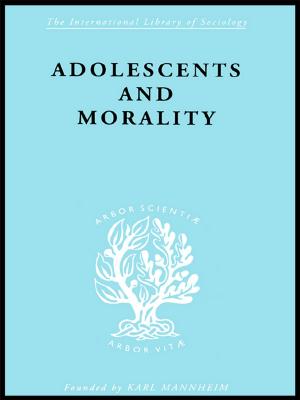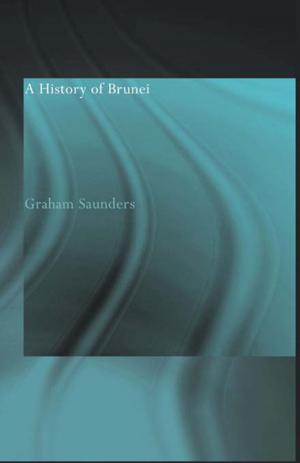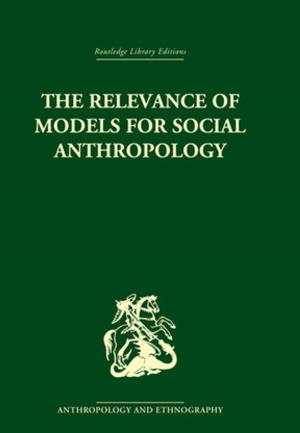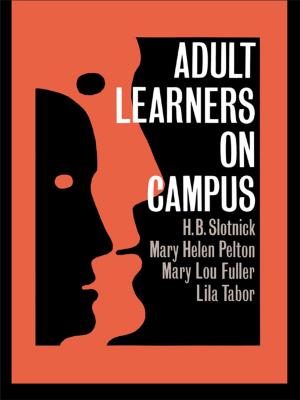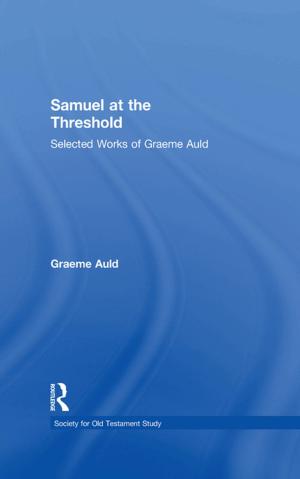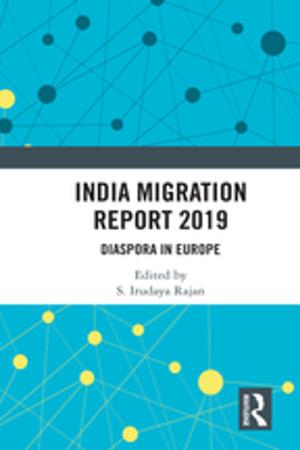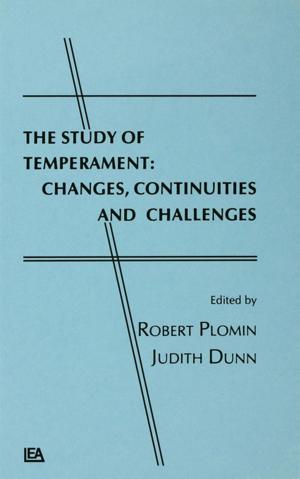Effective Curriculum for Teaching L2 Writing
Principles and Techniques
Nonfiction, Reference & Language, Education & Teaching, Educational Theory, Curricula, Study Aids, ESL| Author: | Eli Hinkel | ISBN: | 9781136820335 |
| Publisher: | Taylor and Francis | Publication: | February 20, 2015 |
| Imprint: | Routledge | Language: | English |
| Author: | Eli Hinkel |
| ISBN: | 9781136820335 |
| Publisher: | Taylor and Francis |
| Publication: | February 20, 2015 |
| Imprint: | Routledge |
| Language: | English |
Effective Curriculum for Teaching L2 Writing sets out a clear big picture for curricular thinking about L2 writing pedagogy and offers a step-by-step guide to curriculum design with practical examples and illustrations. Its main purpose is to help pre-service and practicing teachers design courses for teaching academic writing and to do this as efficiently and effectively as possible. Bringing together the what and the how-to with research-based principles, what sets this book apart is its overarching focus on language pedagogy and language building.
Part 1 examines curricular foundations in general and focuses on what is socially valued in L2 writing and pedagogy at school and at the college and university level. Part 2 is concerned with the nitty-gritty̶—the daily realities of curricular design and classroom instruction. Part 3 takes a close look at the key pedagogical ingredients of teaching academic L2 writing: vocabulary and collocations, grammar for academic writing, and down-to-earth techniques for helping L2 writers to organize discourse and ideas. The Appendix provides an extensive checklist for developing curricula for a course or several courses in language teaching.
Effective Curriculum for Teaching L2 Writing sets out a clear big picture for curricular thinking about L2 writing pedagogy and offers a step-by-step guide to curriculum design with practical examples and illustrations. Its main purpose is to help pre-service and practicing teachers design courses for teaching academic writing and to do this as efficiently and effectively as possible. Bringing together the what and the how-to with research-based principles, what sets this book apart is its overarching focus on language pedagogy and language building.
Part 1 examines curricular foundations in general and focuses on what is socially valued in L2 writing and pedagogy at school and at the college and university level. Part 2 is concerned with the nitty-gritty̶—the daily realities of curricular design and classroom instruction. Part 3 takes a close look at the key pedagogical ingredients of teaching academic L2 writing: vocabulary and collocations, grammar for academic writing, and down-to-earth techniques for helping L2 writers to organize discourse and ideas. The Appendix provides an extensive checklist for developing curricula for a course or several courses in language teaching.

